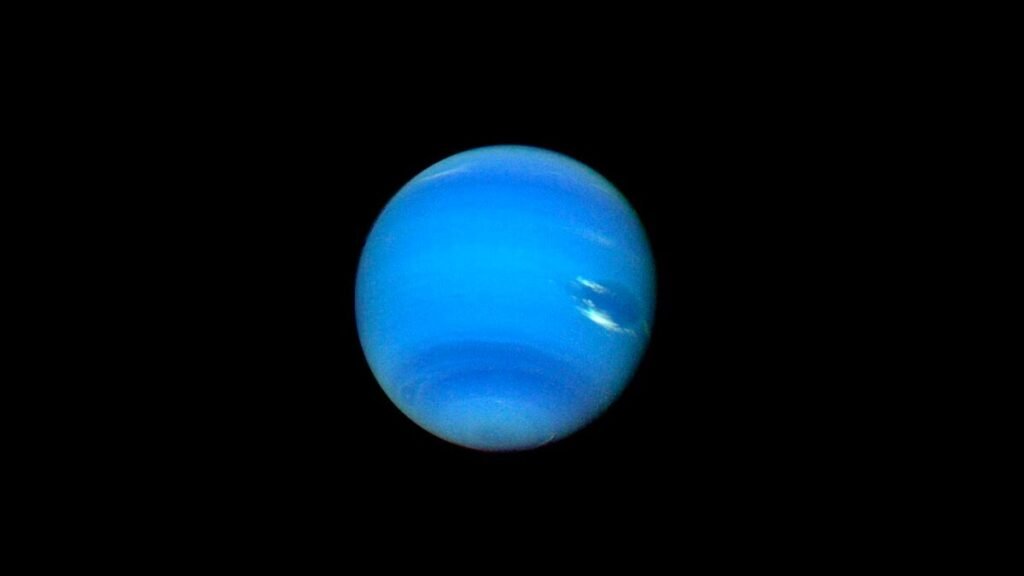For newly -defined spacecraft lovers, July was already an thrilling month. Final week, astronomers described AmmonitePlastic Planet Plot behind Pluto. Yesterday, astronomers introduced the existence BELBUDDYSmall star a star revolves round Betelgeuse. Now now we have one other thrilling discovery to take part.
in Playing Science Magazine A paper revealed earlier this month, astronomers who had a LIDO survey (LIDO) knowledgeable the invention of 2020 VN40, which is a uncommon, uncommon organism that rotates as soon as for each ten orbits that completes Neptune. Astronomers labeled 2020 VN40 as a Obtained by Neptune– A gaggle of small issues and dwarf planets revolving across the solar greater than Neptune. The small object features a stranger, inclined in it Tropical With Neptune in 10: 1. Because of this the 2 heavenly our bodies have an effect on the motion of one another, and their lock in a clear and stylish share of tropical intervals.
“This can be a huge step in understanding the exterior photo voltaic system,” Rosemary Pike, the principle researcher of the Astronomical Physics Middle | Harvard and Samithonian stated in a statement. “It explains that even the very distant areas affected by Benbeton can comprise issues, and provides us new proof about how the photo voltaic system evolves.”
The invention of an eccentric being within the photo voltaic system is a explanation for celebration, however 2020 promotes VN40 for a number of causes. First, it helps the concept Neptune’s attractiveness can appeal to distant issues to the inside photo voltaic system – one thing that astronomers have executed with different distant beings.
What’s extra, 2020 VN40 encompasses a unusual orbit approaching the solar when it’s nearer to Neptune – the other of how most related issues behave. This inclination is the reason for the orbital synchronous synchronous between Neptune and 2020 VN40, the place the smaller object is approaching as soon as for each ten orbits that full Neptune, based on the authors of the research. Because of this, in 2020, one 12 months is 1,650 years of years!
“This new motion is just like discovering a hidden rhythm in a tune we thought we knew,” stated Roth Murray-Clay, an astronomer on the College of California, Santa Cruz. “It may possibly change how we take into consideration how distant issues transfer.”
“That is only a starting,” stated Catherine Falk of Planetary Science Institute. “We open a brand new window previously of the photo voltaic system.”
2025-07-22 19:10:00

